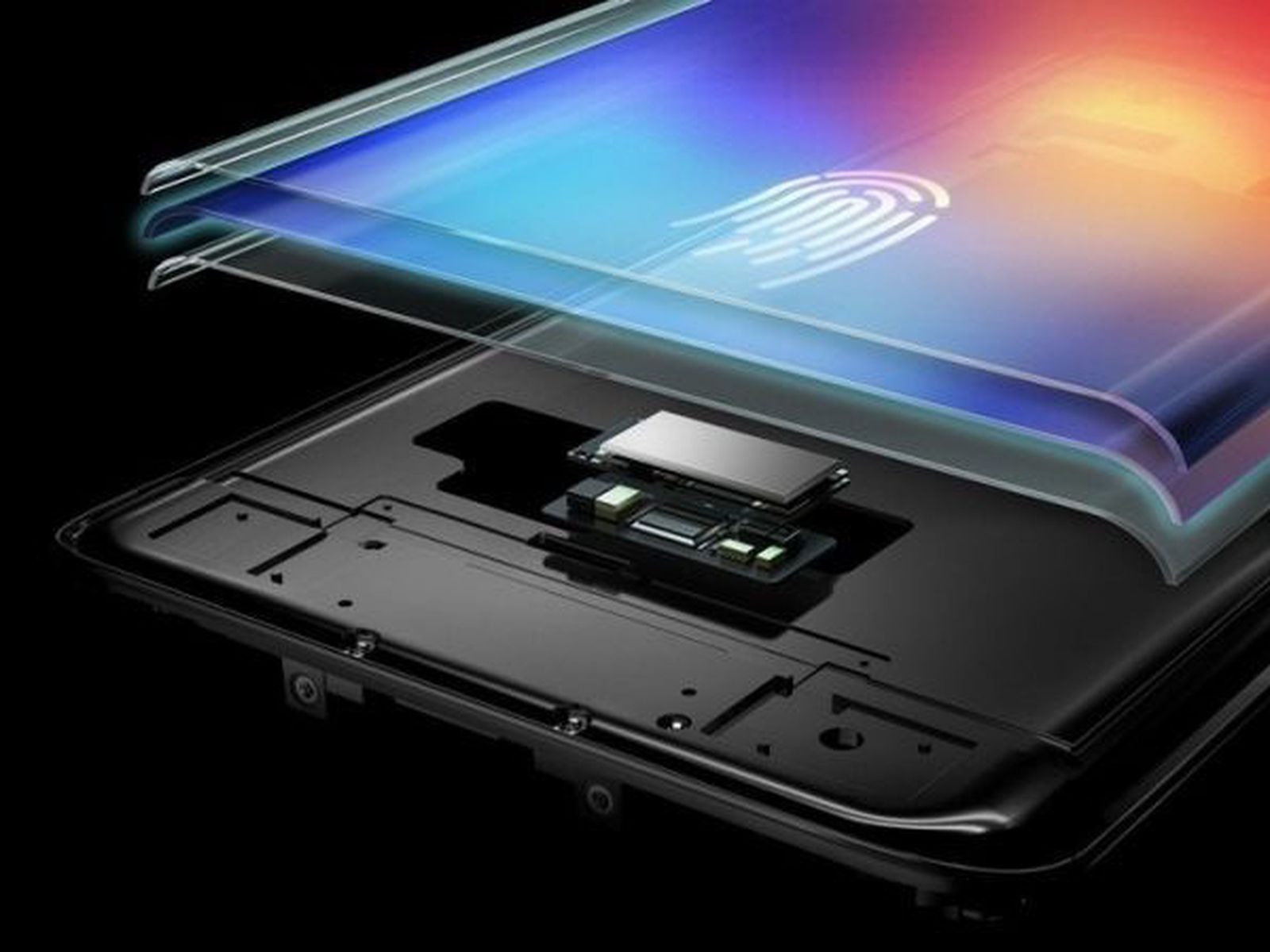On-Screen Fingerprint: A Revolutionary Way to Secure Your Devices
Have you ever wished for a more secure way to unlock your phone or tablet without having to type in a passcode or use a clunky fingerprint sensor? Well, you're in luck, because on-screen fingerprint technology is here to change the game!
Gone are the days of fumbling with a fingerprint scanner located on the back or side of your device. With on-screen fingerprint technology, you simply place your finger on the designated area on the screen, and voila! Your device is unlocked, and you're ready to go.
So, how does it work? On-screen fingerprint technology uses an ultrasonic or optical sensor that is located underneath the screen. When you place your finger on the designated area, the sensor sends out a pulse of ultrasonic or light waves that bounce back and are used to create a 3D image of your fingerprint. This image is then compared to the fingerprint data that is stored on your device, and if there is a match, your device is unlocked.
One of the biggest advantages of on-screen fingerprint technology is its convenience. With the sensor located on the screen, you can unlock your device with one hand, and there's no need to awkwardly reach around the back or side of your device. Additionally, because the sensor is integrated into the screen, there's no need for a separate fingerprint scanner that can take up valuable space on your device.
But convenience isn't the only advantage of on-screen fingerprint technology. It's also more secure than traditional passcodes or even some fingerprint sensors. Because the sensor creates a 3D image of your fingerprint, it's much more difficult to spoof than a 2D image. Additionally, because the sensor is located under the screen, it's much more difficult for someone to hack into your device by accessing the sensor directly.
On-screen fingerprint technology is also more versatile than normal fingerprint sensors, Because the sensor is integrated into the screen, it can be used for more than just unlocking your device. For example, some devices use on-screen fingerprint technology to authenticate purchases or log into banking apps. This added layer of security can give you peace of mind when it comes to sensitive information.
But like any new technology, there are also some drawbacks to on-screen fingerprint technology. One potential issue is that the sensor may not work as well if the screen is dirty or has a scratch on it. Additionally, some users have reported that the sensor can be less reliable than traditional fingerprint sensors, especially if your fingers are wet or sweaty.
Despite these potential drawbacks, on-screen fingerprint technology is quickly becoming the standard for many high-end smartphones and tablets. Brands like Samsung, OnePlus, and Huawei have all integrated on-screen fingerprint sensors into their devices, and it's likely that more manufacturers will follow suit in the coming years.
So, if you're in the market for a new smartphone or tablet, consider choosing a device with on-screen fingerprint technology. Not only is it more convenient than traditional fingerprint sensors, but it's also more secure and versatile. And with more and more devices incorporating this technology, it's only a matter of time before it becomes the norm.
In conclusion, on-screen fingerprint technology is a revolutionary way to secure your devices. With its convenience, security, and versatility, it's no wonder that more and more manufacturers are adopting this technology. While there are some potential drawbacks to consider, the benefits of on-screen fingerprint technology make it an attractive option for anyone looking to upgrade their device. So, the next time you're in the market for a new smartphone or tablet, be sure to consider one with on-screen fingerprint technology – you won't regret it!
Labels: Interesting, Technology


0 Comments:
Post a Comment
Subscribe to Post Comments [Atom]
<< Home